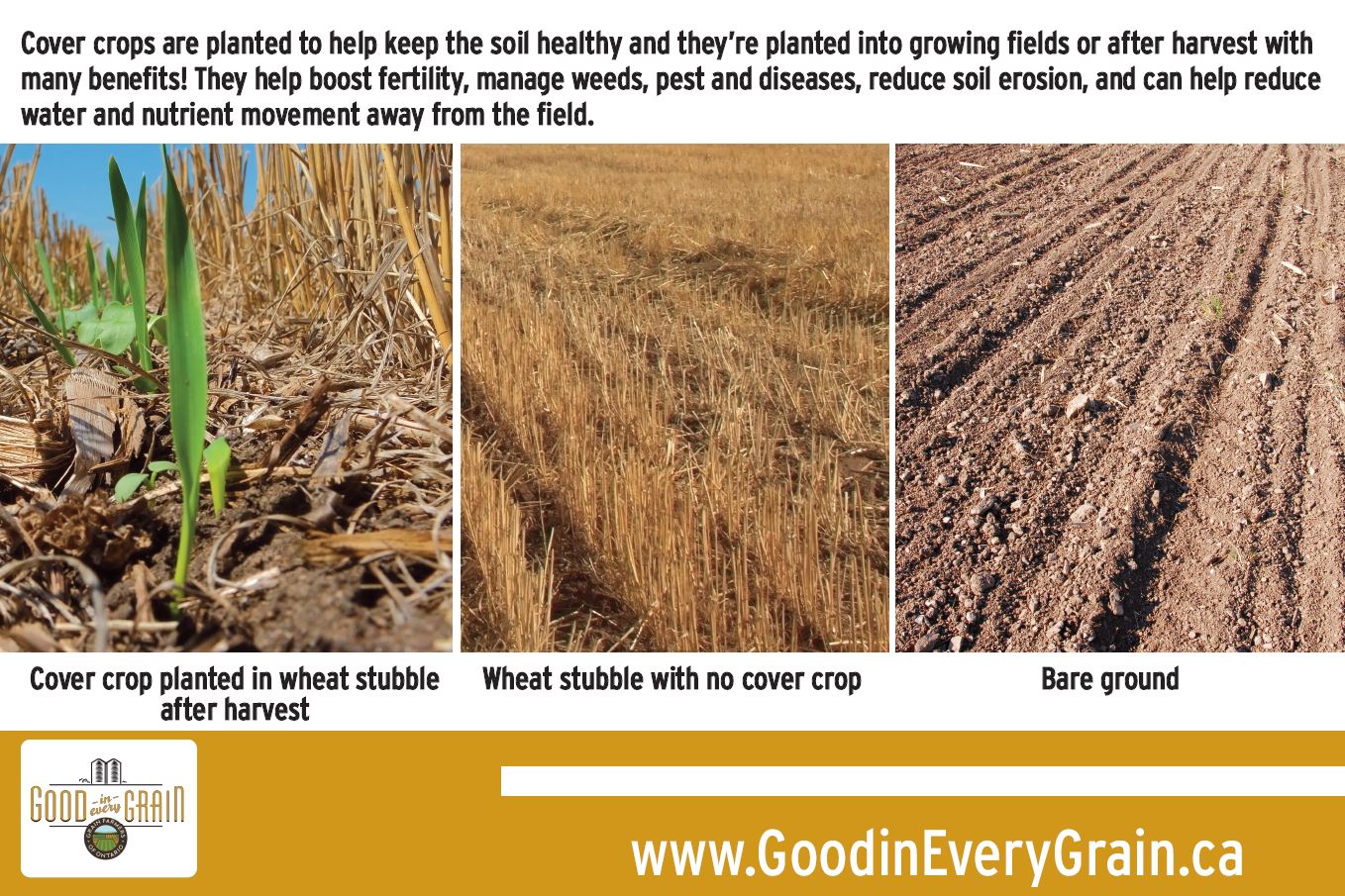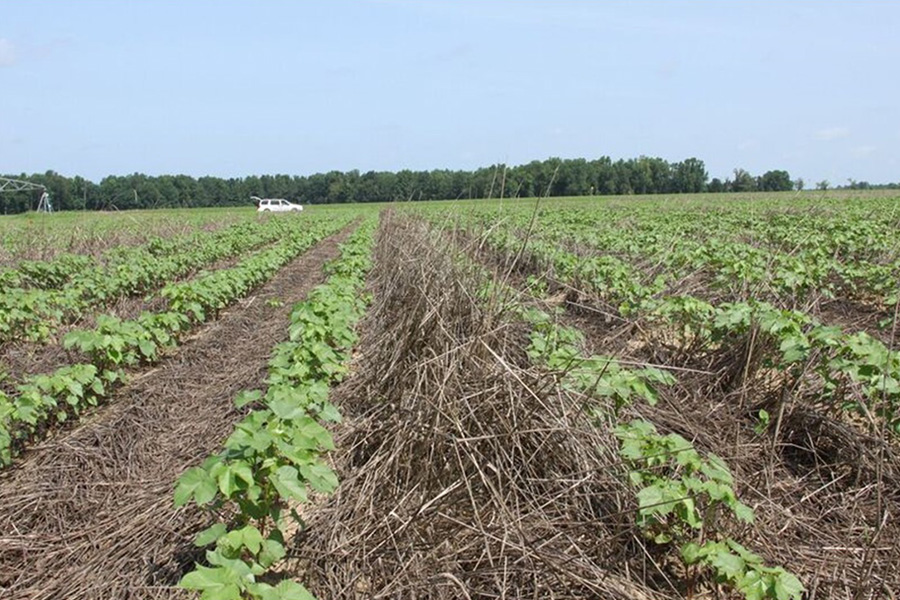What are the benefits to planting a cover crop on a small farm[1].
One of the main benefits is the reduction of soil erosion caused by wind and water. Cover crops help to hold the soil in place, preventing it from being washed away during heavy rain or blown away by strong winds. This helps to maintain the integrity and productivity of the soil[1].
-
Erosion control: Ground cover can help to prevent soil erosion by protecting the soil from wind and water. This is especially important in areas with heavy rainfall or strong winds.

Cover crops also contribute to the improvement of soil health and fertility. They increase the organic matter content of the soil, which in turn enhances its ability to retain water and nutrients. This can lead to improved soil structure, increased nutrient availability for the main crops, and reduced reliance on synthetic fertilizers[1].
-
Improving soil health: Ground cover can help to improve soil health by adding organic matter to the soil. This can improve the soil's structure, drainage, and water-holding capacity.

https://gardenrant.com/wp-content/uploads/2022/05/groundcovers2.jpg
Additionally, cover crops can suppress weeds, which can compete with main crops for sunlight, water, and nutrients. The dense biomass of cover crops shades out the weeds, reducing their growth and establishment in the field. This can potentially reduce the need for herbicides and manual weed control methods[1].
-
Suppressing weeds: Ground cover can help to suppress weeds by competing for sunlight and nutrients. This can save farmers time and money that would otherwise be spent on weeding.

Furthermore, cover crops can provide habitat and food sources for beneficial insects and pollinators. The presence of diverse plant species in the cover crop can attract beneficial insects that prey on pests, helping to naturally control pest populations. Cover crops can also serve as flowering plants to support pollinators, which can contribute to the overall biodiversity on the farm[1].
-
Providing habitat for beneficial insects: Ground cover can provide habitat for beneficial insects, such as bees and ladybugs. These insects can help to control pests and pollinate crops.
https://newswire.caes.uga.edu/story/8751/crop-ecology.html
By integrating cover crops into their farming practices, small farms can reap these benefits and contribute to the long-term sustainability and resilience of their agricultural systems.
Ground cover is a type of plant that grows low to the ground and forms a dense mat of foliage. Ground cover plants can be used in a variety of settings, including gardens, landscapes, and farms. In farming, ground cover can provide a number of benefits, including:
The specific benefits of ground cover will vary depending on the type of plant and the farming practices used. However, ground cover can be a valuable tool for farmers who are looking to improve their soil health and productivity.
Here are some additional benefits of planting ground cover in farming:
-
Increased nutrient availability: Ground cover can help to increase the availability of nutrients to crops by fixing nitrogen from the air and releasing it into the soil.
-
Improved water quality: Ground cover can help to improve water quality by reducing the amount of sediment and pollutants that run off into waterways.
-
Enhanced biodiversity: Ground cover can help to enhance biodiversity by providing habitat for a variety of plants and animals.
Overall, ground cover can be a valuable addition to any farm. By providing a number of benefits, ground cover can help farmers to improve their soil health, productivity, and environmental sustainability.
Sources:
Farmers.gov: Small Scale Solutions for your Farm: Cover Crops
